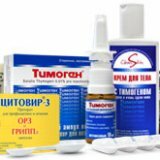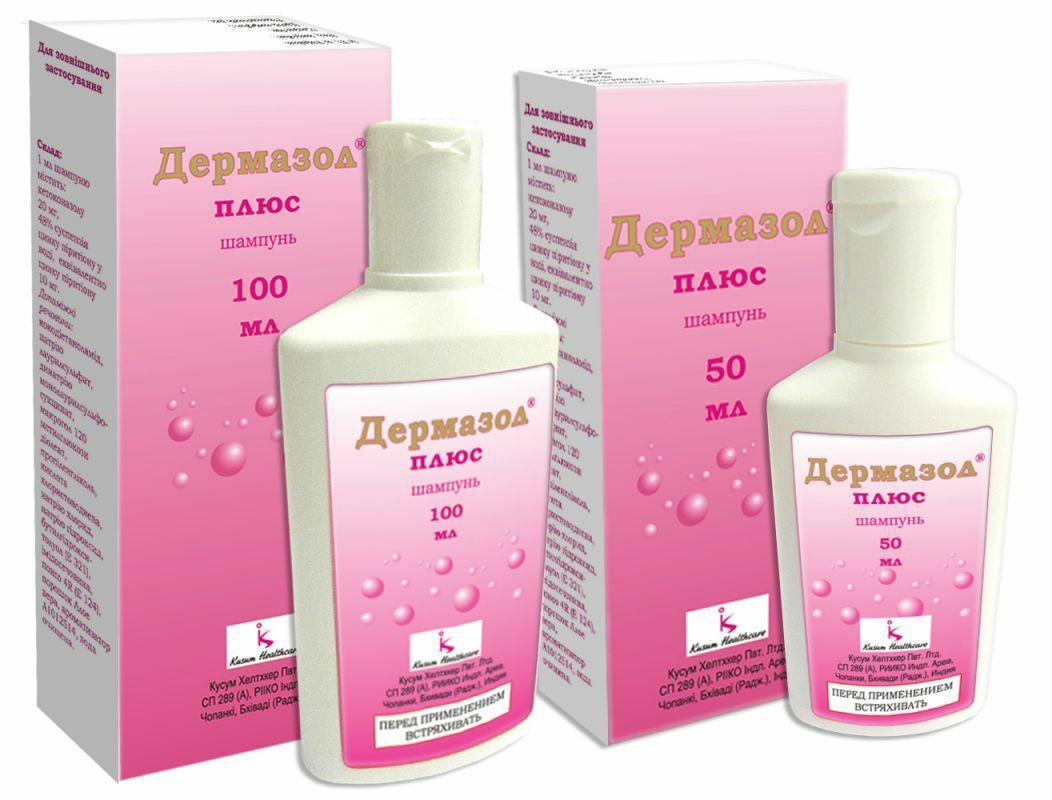Preparations for the treatment of dermatitis
 In our time, perhaps, there is no person who does not know the term "dermatitis".From a medical point of view, dermatitis is an inflammation of the skin. There are many causes of this disease, so several forms of dermatitis are distinguished - contact, allergic, seborrhoeic. Depending on the form of manifestation of dermatitis, treatment is prescribed, although the general principles, of course, take place.
In our time, perhaps, there is no person who does not know the term "dermatitis".From a medical point of view, dermatitis is an inflammation of the skin. There are many causes of this disease, so several forms of dermatitis are distinguished - contact, allergic, seborrhoeic. Depending on the form of manifestation of dermatitis, treatment is prescribed, although the general principles, of course, take place.
The usual contact dermatitis , as the name suggests, can be caused by exposure to the skin of various external factors: high or low temperatures, pressure, friction, chemicals( for example, alkalis or acids) or active substances of poisonous plants. Depending on the strength and duration of exposure, its manifestation also varies, from slight reddening and rash to the formation of blisters and swelling. The first thing to do when treating this kind of dermatitis is to remove the irritating factor.
Seborrheic dermatitis in most cases is a hereditary disease, affecting primarily the hairy areas of the skin - the head, eyebrows, navel, chest, eyelids, and is manifested in peeling of the skin. In addition to heredity, there are a number of reasons that can lead to the emergence of seborrheic dermatitis. This is primarily stress, changes in the hormonal background, infectious diseases or malnutrition. In the case of this disease, the inflamed skin becomes exposed to a yeast fungus - Ptyrosporum ovale. Therefore, the main treatment for such dermatitis can be called the use of antifungal drugs.
The most common form of dermatitis is allergic .It begins with a place that has been directly exposed to the allergen. The reaction of the organism in this case is not acute, in time its manifestation can be prolonged even for weeks. Externally, allergic dermatitis manifests itself as bright spots, swelling, blisters on the skin, which burst and leave wet marks. At treatment in this case apply antihistamines, reducing allergic reaction.
Drugs for the treatment of dermatitis
General drugs for the treatment of dermatitis can be divided into two categories- preparations for external use and preparations for internal use( systemic).
External preparations are presented in the form of various ointments, gels, it can be also shampoos or creams. Systemic drugs are drops, capsules, tablets or solutions for injection.
Perhaps the most common drugs for treating dermatitis are antihistamines. They reduce the appearance of external symptoms, reduce puffiness, irritation and itching. Antihistamines are very effective and they have a strong antiallergic effect. Unfortunately, many of these drugs, especially first- and second-generation drugs, have side effects in the form of drowsiness. When they are admitted, it is recommended to restrict work that requires increased attention, do not recommend driving a car. In the newest preparations this effect is much less. Thus, third generation antihistamines can be used for a sufficiently long period without causing serious side effects. These drugs include "claritin"( "loratadine"), "zirtek"( "cetirizine").For the drugs "terfenadine" and "astemizol", also belonging to the third generation, are characterized by the side effects of cardiac rhythm disturbances that arise when they are taken together with other medications. Therefore, any medicine should be prescribed only by a doctor.
The next group of medicines used for dermatitis is corticosteroids. This hormonal drugs that contain hormones produced by the adrenal glands, they have a strong anti-inflammatory effect. In the case of prolonged use, such medications can cause skin atrophy. Despite the fact that in medicine these drugs have been used for a long time, this side effect has not been overcome so far. Drugs for the treatment of dermatitis "prednisolone"( "methylprednisolone"), "prednisone", "dexamethasone", "triamcinolone", "flumethasone", "betamethasone", "fluticasone" are widely known. Most often, a very large dose of such drugs is prescribed first, then gradually it is reduced. However, in the case of extensive and prolonged use, corticosteroids can inhibit the function of the adrenal glands. Their use is desirable only in cases where you can confidently rely on a positive result. In general, hormone therapy should be used cautiously and only on the advice of a doctor who will choose the optimal drug and its amount individually in each case.
Often, in the case of severe dermatitis, drugs such as immunosuppressants may be prescribed. Medicines of this group actually inhibit immunity, but by the same token, they reduce the body's response to dermatitis. These drugs increase the risk of other diseases, especially infectious. In addition, they are usually very hard to tolerate by patients. Therefore, treatment with immunosuppressants is possible only when this is actually the last chance on the way to recovery, and all other drugs have not shown an effective result. Drugs immunosuppressants include such as "cyclophosphamide", "mielosan", "chlorbutin".
Some drugs that I use in the treatment of dermatitis include several or all of the drugs from the above groups. They can also include antibiotics, anti-inflammatory drugs.
All medications can have different therapeutic and side effects, especially if they are used in conjunction with other medicines. Therefore, any use of medications should always be agreed with the doctor. In each case, the type of allergy should be determined, and accordingly the most resultant and safe treatment is prescribed. Take care of your health!



